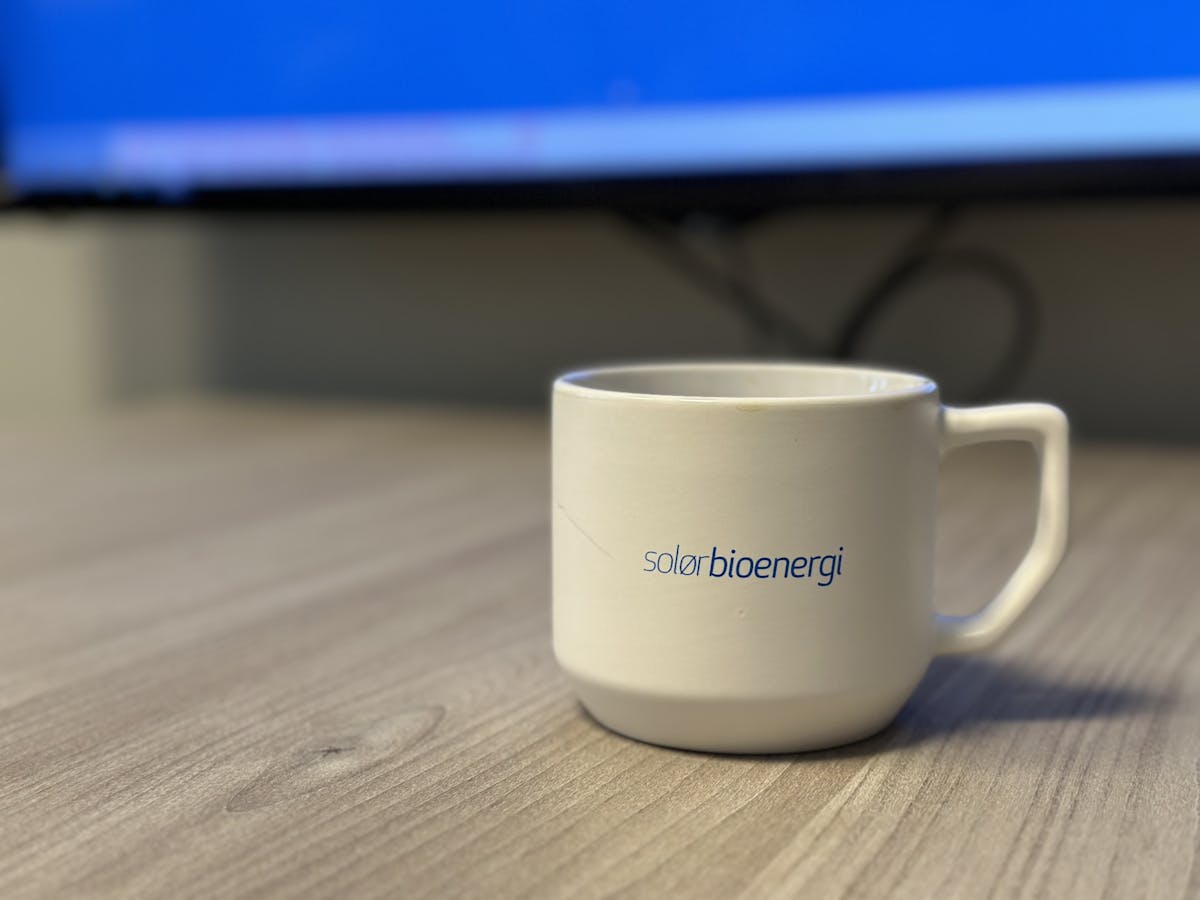The Raufoss Industrial Park is committed to promoting sustainable development by minimizing the use of electricity and fossil fuels. In partnership with Solør Bioenergy, the park consistently strives to increase its production of renewable energy sources while investing in energy-saving and efficiency measures that benefit the environment and its tenants.

Economies of scale and sustainable development
With an annual energy consumption of approximately 220 GWh and a focus on sustainable development, the industrial park aims to serve as a model for larger industrial areas seeking to reduce their reliance on fossil fuels, increase recycling initiatives, and produce more renewable energy. To achieve these goals, the park is upgrading its existing infrastructure and developing a new northern area, taking proactive steps towards the future.
Raufoss ammunition factory
This story is about a community-owned park that has been developing its infrastructure for 125 years. However, since the division of Raufoss ASA in the early 2000s, the operation has been taken over by different companies.
Currently, Solør Bioenergy is responsible for the park's operation and the delivery of heating, water, sewage, compressed air, and other technical services. The company specializes in producing renewable energy from biomass and is a significant producer of bioenergy for industrial and private customers in Norway and Sweden.
Over the years, Solør Bioenergy has acquired various companies, including Mjøskraft, Eidsiva Servicepartner, Dalkia, and Veolia. Recently, in 2021, it purchased Veolia Nordics, Utility Solutions and reorganized it into its current structure.

With the acquisition
Atle Strand, who has changed logos on his shirt multiple times, has remained in the same role since being hired in 2013. He has been the head of the technical infrastructure department in the industrial park since 2014.
- At present, the primary focus is on constructing and monitoring energy usage. The goal is to decrease overall consumption, and enhancing and optimizing the existing infrastructure is given top priority. Furthermore, the development of the new northern region offers excellent prospects for reimagining a contemporary industrial park at Raufoss, says Strand.
Compressed air
Did you know that compressed air plays a significant role in the industrial park? It accounts for approximately 3% of the park's total electricity consumption, which is around 150 GWh. The park has a joint system in place to cater to the compressed air needs of all companies. However, with the increasing electricity prices, there is a growing focus on reducing consumption and detecting leaks. While 3% may seem like a small percentage, it actually represents almost 4.5 million kWh. Since the price of electricity has sometimes been as high as three to four kroner, it is crucial to take action to address this issue.

Heating with wood chips
District heating is the most significant cost in terms of turnover. In the industrial park, a significant part of the premises is heated by "virgin forest wood." The energy wood used in the bio plant is supplied by local forest owners. During the winter, the deforestation of the northern area has contributed to the supply. Approximately 30,000 cubic meters of wood chips are used annually, which is equivalent to around 300 truckloads. This logging waste would have generated CO2 anyway but is now utilized as a resource.
Recycling
Solør Bioenergy owns, and is responsible for managing and operating the treatment plant for process water and hazardous waste reception scheme in the industrial park. The treatment plant ensures that wastewater from process plants is properly disposed of and cleaned of chemicals and solids.

Northern area
The Raufoss Industrial Park has ambitious plans for the future, particularly with regards to the development of the northern region. They plan to upgrade the existing infrastructure and construct new ones capable of handling lower temperatures. The ultimate goal is to connect the district heating network in the industrial park with Eidsiva Bioenergy.
- "Heating for the crow" is a saying that also applies to the industrial park. This means that the same amount of energy that is used to heat the park is emitted into the surroundings as waste heat. However, efforts are now underway to find ways to utilize this waste heat effectively. This is an exciting and interesting challenge to work on! One solution being explored is the construction of heat batteries with large surfaces and low-temperature radiators, which can reduce the temperature needed for heating by 20-30 degrees, or about half of the previous requirement.
- It's worth noting that in addition to the water used for cooling, a total of 3.5 million cubic meters of river water is consumed each year. This water, known as industrial water, can be used for both cooling and heating purposes, Strand explains.
With such a large area and diverse structures, achieving energy efficiency and savings is a challenging task. However, the owners and administration of the industrial park are well aware of this and consider it a necessary goal. Strand concludes by emphasizing the significance of achieving energy efficiency and savings in the industrial park.

Facts about consumption in Raufoss Industrial Park
· Annual Heat Production: 25 GWh
· Biomass Boiler: 7 MW – 20 GWh/year
· Wood Chip Consumption: 30,000 m³/year
· Total Heat Capacity: 32 MW (3.3 km)
· Drinking Water: 160,000 m³/year (8.5 km)
· Sewage: 40,000 m³/year
· Compressed Air: 55 million m³/year
· Industrial Water: 3.5 million m³/year"